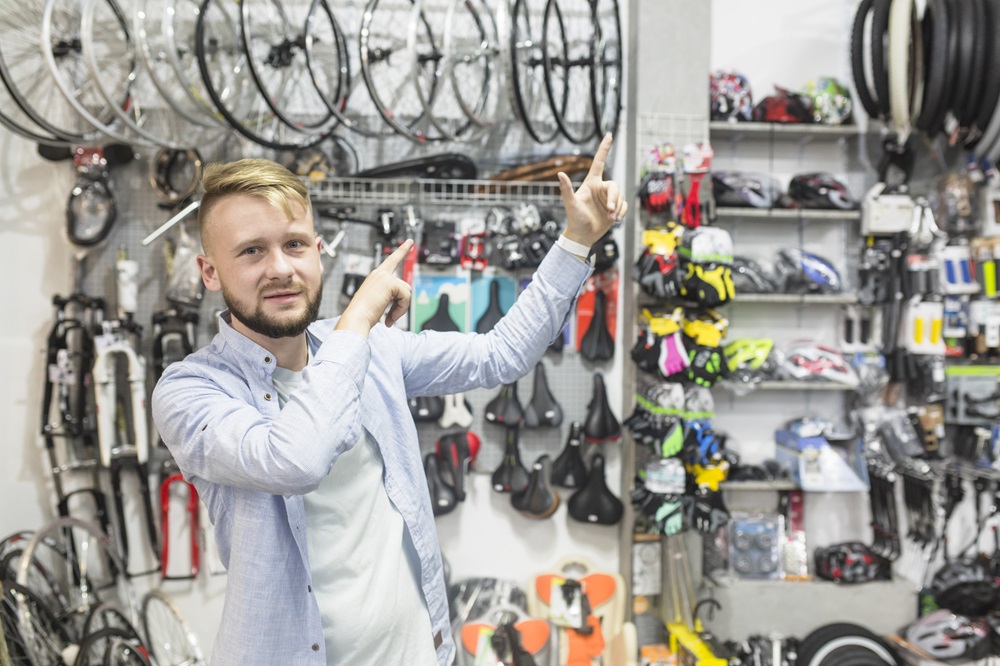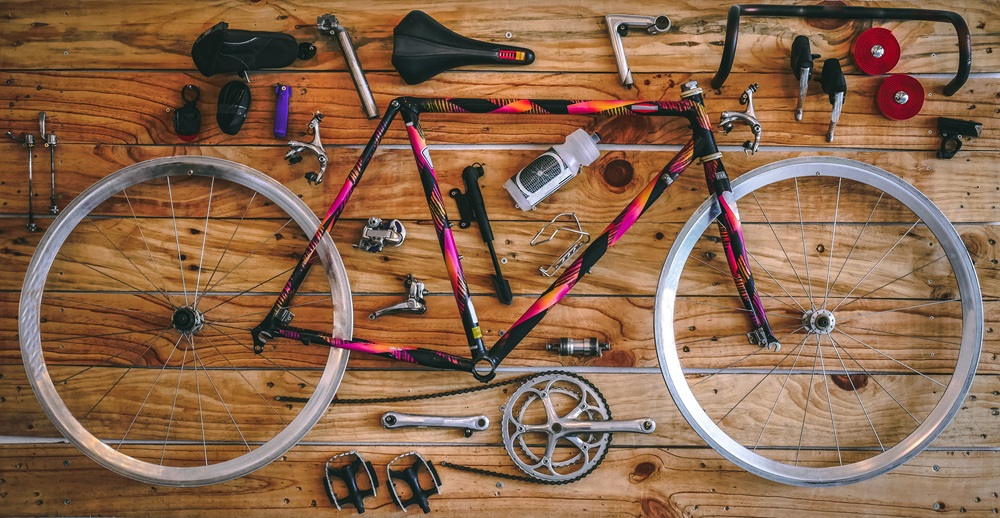When getting into road cycling, you quickly realize the sport entails more than just a bike. Various accessories and gear help maximize your riding experience.
But amongst the many road bike accessories available, one component rises above the rest in importance – the saddle.
Let’s delve deeper into why a saddle merits such priority over every other cycling amenity.
It’s Your Primary Point of Contact
Unlike other sports where you interact with equipment mainly through your hands or feet, cycling relies on consistent contact between your posterior and the saddle.
You situate your full body weight onto that narrow seat for extended periods when riding.
While in motion, the saddle supports your pelvis as you pedal for miles. This contrasts with secondary touchpoints like the handlebars or pedals.
You grip those components far more intermittently than the seat upholding your frame at all times.
Simply put, no other piece of cycling gear maintains such constant, direct interaction with your physical being. That makes getting the right saddle imperative compared to any other accessory.
It Impacts Comfort and Efficiency
An unsuitable saddle directly affects two crucial performance factors – comfort and pedaling efficiency.
Comfort
Let’s face it – cycling for fitness or competitively means spending long hours on the bike seat. An uncomfortable saddle causes painful chafing, inner thigh abrasions, prostate issues, and genital numbness.
You lose the ability to fully enjoy rides when constantly fidgeting on an ill-fitting seat. Discomfort either cuts the ride short or detracts from giving max pedal effort.
A comfortable saddle enables maintaining proper form/posture on extensive rides without physical burden. This bolsters stamina, morale, and productivity in logging miles.
Efficiency
Apart from comfort, inappropriate bicycle saddles reduce pedaling efficiency.
When a seat fits and supports your hips correctly, you gain optimal biomechanical leverage to transfer power through each pedal stroke.
Stable, pain-free pelvis positioning generates higher speeds using less energy.
Conversely, a poor-fitting saddle that doesn’t correctly cradle your sit bones forces you to pedal awkwardly.
Unnatural hip angles limit utilizing your full force capacity while each stroke requires more exertion. This prematurely drains leg strength/endurance.
You’ll ride faster, longer and stronger by upgrading to an ergonomic saddle suiting your physique and style rather than persisting with an old, worn-out one.
It Helps Mitigate Injury Risks
Riding with an improper saddle elevates injury likelihood across various body parts.
Genital Numbness
Spending long hours cycling on a seat too narrow, oddly-shaped or lacking a channel/cutout compresses nerves around the crotch. Loss of genital sensation manifests initially as tingling or numbness after rides.
Ignoring initial symptoms risks having permanent erectile dysfunction or more severe genital nerve damage if blood flow keeps getting blocked.
Chafing & Sores
Low-quality saddles constructed using inferior materials with minimal padding rub against skin in the inner thighs and buttocks during rides. Friction from a poorly-designed seat also twists the pelvis awkwardly, straining soft tissues.
Over time, irritation transforms into painful chafing, blisters or saddle sores. These cycling-related skin injuries often develop infections that hamper performance and require medical treatment.
Lower Back & Neck Pain
The wrong saddle may not support your pelvic bones evenly when seated. This imbalance strains the spine trying to stabilize improperly. Uncomfortable seats also prompt overcompensation via hunching the back or straining the neck to view ahead.
Cumulative stress on the back/neck from an improper bike seat commonly manifests as nagging or sharp pains in those areas during/after rides. Sciatic nerve compression may also result.
Adjusting saddle angle/position could help, but usually indicates acquiring a new seat better-suited anatomically.
Let’s compare essential criteria to assess when replacing your saddle.
Key Saddle Selection Criteria
Choosing the best possible saddle facilitates riding strongly and safely. But the range of models overwhelming novices.
Focus evaluation on these fundamental characteristics rather than fixating excessively on sub-features:
| Criterion | Details |
| Shape | Prioritize seamlessly supporting your sit bones, pelvis and riding style over padding amount or hole cutouts. Retested frequently to confirm sustained comfort. |
| Size | Match width to sit bone width without lateral thigh rub. Account for riding in varied positions. |
| Materials | Durable, weatherproof and adequately stiff yet flexing base. Breathable cover resisting abrasion. |
| Weight | Heavier than racers prefer but inconsequential for regular riders. Comfort overrules minor weight differences. |
Test perched upright with full cycling kit/shoes to determine optimal saddle, then install properly level on your bike frame.
Keep fine-tuning tilt angle and fore/aft placement until discovering the “sweet spot”.
Be willing to experiment with multiple seat options before expecting all-day comfort. Embrace change for the sake of your backside and keep an open mind!

Don’t Neglect Proper Acclimatization
Transitioning to a new saddle style after prolonged use of another understandably feels foreign initially. Allow your body adequate time to adjust before deeming comfort unacceptable.
Tempting as it may be to revert to your old seat, stick with the replacement for at least 500 miles across varied terrain if no sharp pains occur.
As your skin toughens and muscles/tendons strengthen around the altered contours, awkwardness diminishes.
Be patient and keep rides shorts, frequently re-assessing tilt angle and fore-aft balance points. Add cycling shorts/creams to ease the adaptation phase. Within a month, your new saddle should feel perfect.
Invest Wisely For the Long Haul
Being frugal about bicycle saddles usually proves counterproductive. Quality seats utilizing Slatest such flexible base materials and durable covers may cost more yet deliver comfort/support for years. They also retain resale value if ever needing an upgrade.
Whereas saddles seem insignificant accessories, don’t ignore role criticality as your body’s foundational contact point. Treat your backside kindly – it’ll reward you with endless smile-filled miles!

